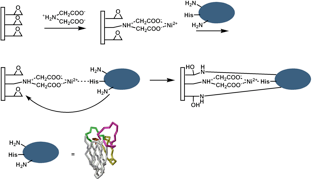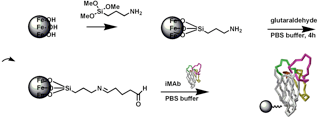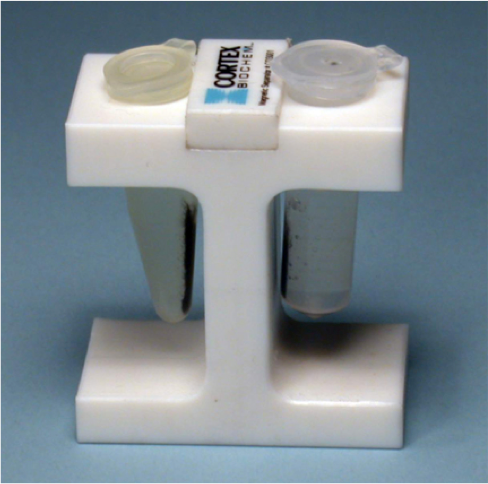"Did you know that milk contains thousands of components and that some of them can make you really sick?" continued the Professor of my faculty, enthusiastically.
" Uh, no I don't know, what about hem?" That was my not so smart answer.....
" Well, he continued, we have a research grant from a big Milk Company in The Netherlands and we have to solve their problem"
I was thinking hard to understand what he was referring to, while I only knew that I drink milk daily, but I was not aware of any trouble with that. So I said: "what's my role in this? What do I need to do?"
It was clear that I was just starting in this laboratory....: he continued: "You are going to solve this, you'll find a way to take out those TOXINS that cause harm to people. We are going to use nano-science and separate the GOOD molecules from the BAD ones"
OK now was getting it. I studied bio organic chemistry and I am used to synthesize molecules on a daily basis. Most of them have a "natural history". My lab was very good in mimicking natural molecules with similar molecules on a synthetic basis. That can be very important while we then can design the molecule to our needs. Sometimes, it needs to HYDROLYSE fast and break down, Sometimes it needs no very STABLE, so that it can perform its natural activity in humans.
Separation nano science was new for me: I was going to study the interactions of DENDRIMERS, with glass substrates for use in Bio-sensors. When that succeeded I was going to work on magnetic nano particles to catch the toxins from the solution (the milk).

Figure: Synthesis schemes of Dendrimeric Bio-sensors

Figure: Synthesis scheme of Functionalized Magnetic Nano Particles
I experienced the following phases in Research for a young Chemist:
- Phase 1: As a young scientist you are very eager to start: You read a thousand articles in a week to understand everything from your new topic.
- Phase 2: Later on it settles down, the hard work starts. You work day and night to find YOUR solution (sometimes you work hard to find more problems, too.....
- Phase 3: Disappointment: everything goes to slow, your journal article was rejected from peer review, you do not know if you wil ever succeed....
- Phase 4: THE EUREKA MOMENT: you found it: it fits perfectly together: the facts are OK, The mechanism can be explained, Your Professor is bragging about your work: SUCCESS!!!
- Phase 5: find a new research grant (HAHA)
How about the nano science:
biosensors
Well it turned out to be successful. I was able to find a way tot selectively activate the glass substrates with an active molecule that could GRAB another molecule very selectively.
Because I used a substrate with a FLUORESCENT dye we could perform studies with very large microscopes (Confocal Laser, axiocam).

Figure: Confocal Laser image of bio sensor activated substrates
Here you see the use as bio-sensor:

Figure: Fluorescence microscopy on glass slides
Magnetic nano particles

Figure: Here you see the functionalized magnetic nanoparticles in front of a VERYVERY strong magnet. It easily separates the particles (and toxins) from the fluids!!!!
I hope you liked this "tour de force" in a chemistry lab!
In What Phase are you performing in Science???
Bee Safe!
@beesteem
